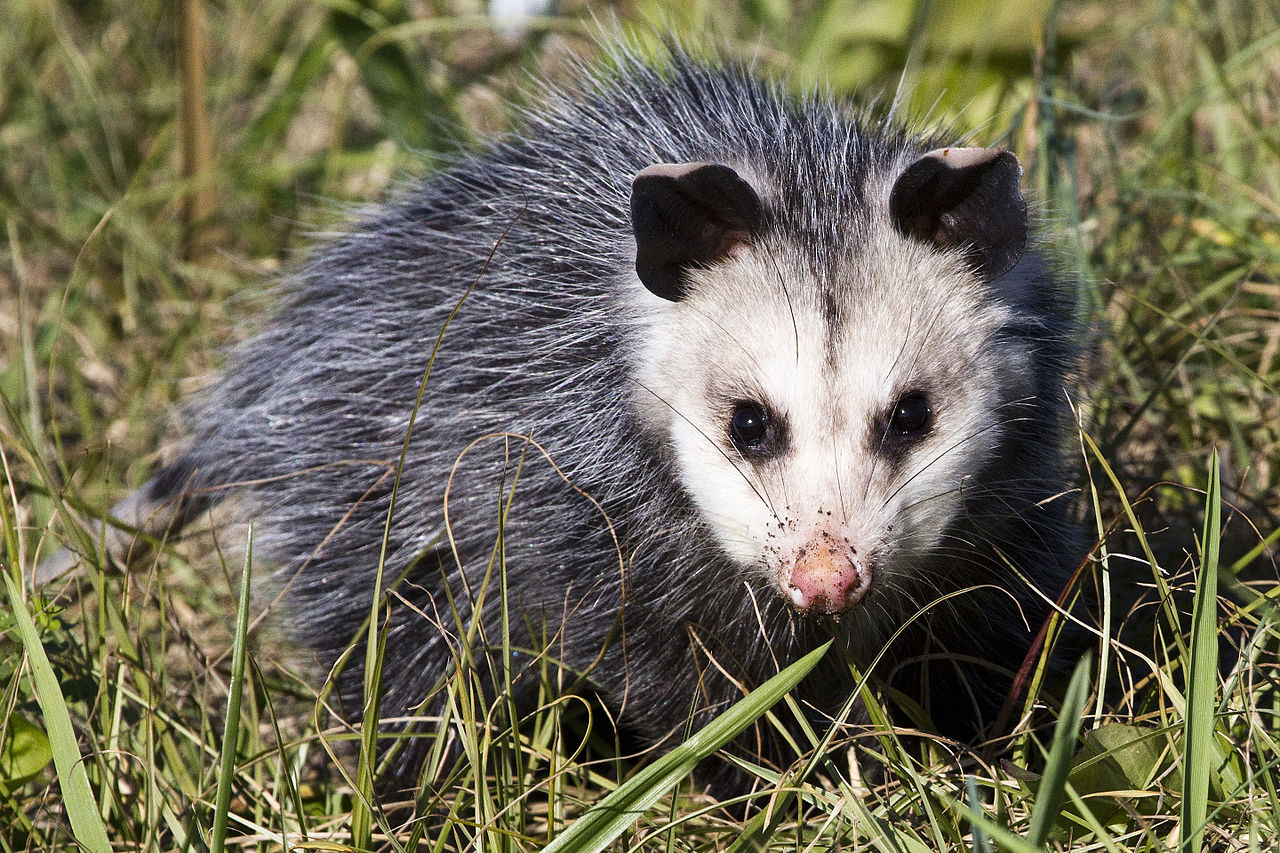Linnaeus's Mouse Opossum
Named after Carl Linnaeus, this small opossum species mainly resides in the tropical forests of Central and South America. Recognized for its delicate size and long tail, Linnaeus's Mouse Opossum is primarily nocturnal and spends most of its time up in the trees hunting for insects and small fruits.
Robinson's Mouse Opossum
Native to Central America, especially in Panama, the Robinson's Mouse Opossum is another small species. With a dark dorsal stripe and a pale underbelly, they are nocturnal tree-dwellers, often in search of insects, fruits, and even small vertebrates.
Gray-bellied Slender Mouse Opossum
This species, predominantly found in Brazil, Bolivia, and Peru, stands out due to its slender build and grayish belly. Mostly dwelling in subtropical or tropical moist lowland forests, their diet is insect-centric, supplemented occasionally with fruits.
Slaty Slender Mouse Opossum
Inhabiting areas like Colombia and Ecuador, the Slaty Slender Mouse Opossum is known for its dark, almost slate-colored fur. Preferring montane forests, this species predominantly feeds on insects.
Brown Four-eyed Opossum
Distinguished by the appearance of 'four eyes' due to white spots above their eyes, the Brown Four-eyed Opossum is found extensively across South America. They are ground dwellers with varied diets, including plant materials and small animals.
Alston's Woolly Mouse Opossum
This species is renowned for its soft, woolly fur, contrasting sharply with other opossum species. Native to Central and South America, Alston's Woolly Mouse Opossum is predominantly arboreal, with a diet rich in fruits and insects.
Sepia Short-tailed Opossum
This opossum species is quite distinctive with its short tail and sepia-toned fur. Native to South America, particularly Argentina, they are nocturnal and prefer grasslands. Their diet leans heavily on insects.
Gray Four-eyed Opossum
Similar to its brown counterpart but with a grayish hue, the Gray Four-eyed Opossum carries the characteristic white spots above the eyes, giving an illusion of four eyes. Inhabiting areas across Central and South America, this species has a diverse diet ranging from fruits and plants to small invertebrates.
Grayish Mouse Opossum
As the name suggests, this opossum has a grayish tint to its fur. Predominantly found in Brazil, Paraguay, and Argentina, the Grayish Mouse Opossum thrives in subtropical or tropical dry forests. It’s largely insectivorous but doesn't shy away from indulging in fruits.


